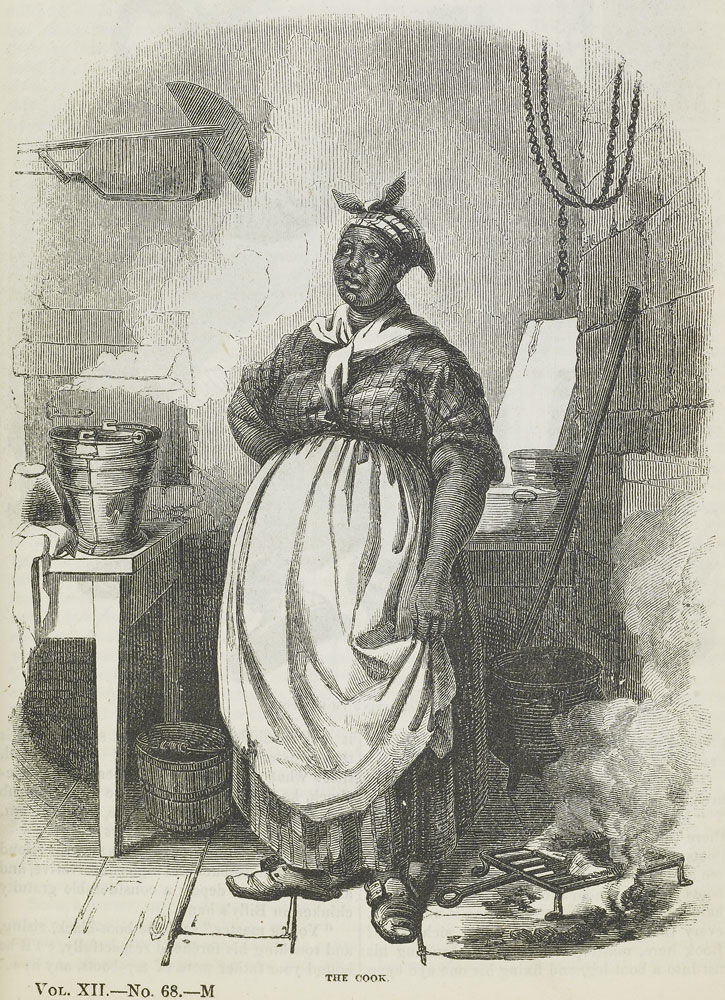History of Sandusky. Part 4: The Enslaved Families
- by Greg Starbuck, Director
- Oct 16, 2018
- 3 min read
It must not be forgotten that part of Sandusky’s history, until 1865, were the enslaved families that lived and worked there. Their history is often hidden and difficult to uncover. The enslaved were usually not literate so they did not leave any writings that might help us understand their lives. Their owners’ writings only mentioned them briefly usually.
The lives of the enslaved were spent toiling in the background and serving their masters by helping run the estates and farms they lived upon. Enslaved women typically did most of the cooking, sewing, cleaning, and supervising the children, both white and black. Enslaved men worked outdoors more often clearing land, planting and harvesting, and caring for animals.
Tax assessment records show that Charles Johnston, who built Sandusky in 1808, owned on average 12-14 African-Americans with that number fluctuating by one or two yearly. In 1817 the number rose to 22, all but one being over 16 years of age. Nothing is mentioned about genders or their roles on the Sandusky estate.

The census records for the next Sandusky owner, the Oteys, indicate a household consisting of one enslaved woman between the ages of 10 and 24 years, another between the ages of 24 and 36, and three enslaved boys and two girls, all under the age of ten. It is likely that these two women were tasked with household chores such as cooking, laundry, and cleaning, and the boys and girls were the children of the two women.
George Christian Hutter bought Sandusky in 1841 and census information reveals there were between 12 and 21 enslaved persons living and working at Sandusky over most of their tenure. The 1850 census shows six females – ages 45, 40, 15, 13, 9, and 7; and six males – ages 30, 25, 15, 7, 5, and under a year. The 1860 census lists twelve females – ages 60, 50 23, 21, 20, 18, 11, 10, 6, 5, 4, and 2. 9; and nine males – ages 30, 21, 16, 15, 5, 4, 2, 1, and under a year.
Typically, enslaved families lived separately from the white families in a series of log cabins. In a Works Progress Administration report for Sandusky dated 1937 it states that “The slave cabins, built of logs, were to the right and rear of the house. The floors of the kitchen, meat house and some of the cabins were made of brick.” In 1845 George Hutter attempted to sell Sandusky by listing an advertisement in the local newspaper. The ad read “a large and commodious Dwelling House of brick, with kitchen, Negro Houses, &c of the same material.”

At the same time George Hutter owned Sandusky his brother, Edward Sixtus Hutter, owned and lived at Thomas Jefferson’s former home, Poplar Forest. Through the decades there was regular interaction between the two families and this included matters dealing with the enslaved. On December 31, 1842 Christian Jacob Hutter [father of George and Edward] wrote to Edward telling him that Harriet “requests me to tell you that she will take Rhoda for a field hand agreeably to Capt. Hutter’s ideas: - and we also depend upon your buying one good man – such as you know will suit this place at Mr. Cobbs sale.” Rhoda is mentioned again in 1843 following the death of Harriet’s father, James B. Risque, in his will he officially bequeathed to “his beloved daughter Harriet J. Hutter my slaves Rhoda and Judith.” Apparently Rhoda died just a few years later in 1846 as she is mentioned in another of Christian's letters, “Rhoda- was this not the servant that lived one year at Sandusky when I was there? She certainly did not appear to have a spark of pulmonary disease in her frame!”
In 1865, with the end of the Civil War and defeat for the Confederacy, all slaves in the South, and at Sandusky, were now free. Currently there is no information on what happened to those at Sandusky. There is oral history of an African-American maid living at Sandusky in the 1920s, perhaps she was the daughter or granddaughter of a former Sandusky slave, but that is only conjecture.
Unfortunately, we do not know more about the enslaved persons of Sandusky. There are no photographs of them and no writing by them. For only a few are their names known, Rhoda, Judith, and Peter. Their contributions to history and the life of Sandusky should be considered and remembered. Perhaps new information will be discovered that will help us better understand this hidden part of our history.

























Verry nice blog you have here